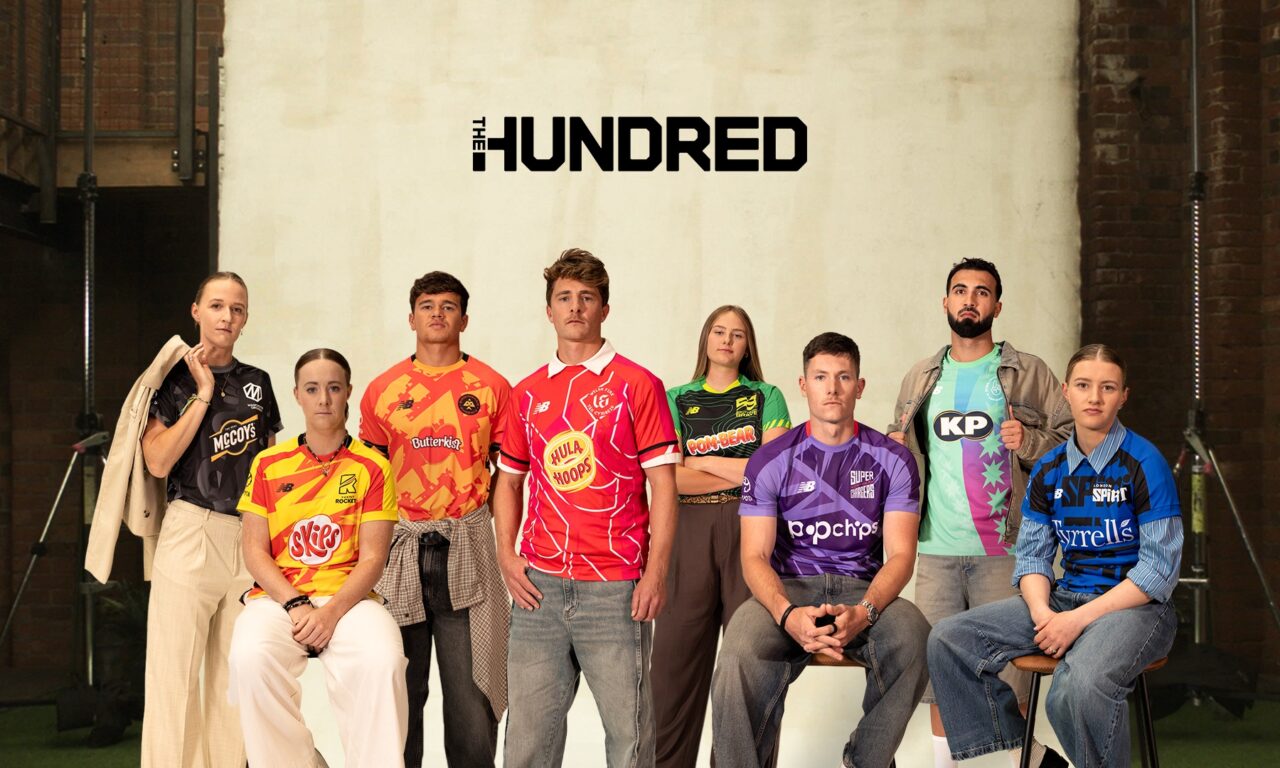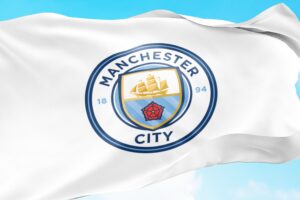Why are snack brands doubling down on sports sponsorship?

By any measure, the relationship between sport and snack brands is long-standing, deeply integrated, and, despite scrutiny, evolving. A new BMJ investigation reveals that more than 90 partnerships currently exist between leading UK sports entities and brands selling food or drink high in fat, salt or sugar. From football and cricket to cycling and golf, HFSS sports sponsorship allows brands to stay culturally visible even as traditional advertising routes close off.
Why sports sponsorship remains vital for HFSS brands
For many working in sponsorship, this will not come as a surprise. As traditional advertising channels become more restricted, particularly for HFSS brands, sports partnerships offer one of the last high-impact opportunities to engage consumers, especially younger audiences, in a positive and brand-safe context. But the scale of such activity has prompted growing scrutiny.
The regulatory blind spot and industry response
Public health experts warn that HFSS sports sponsorship sits in a regulatory blind spot. While a TV watershed on HFSS advertising is due in 2026 (after repeated delays), sponsorships will remain unaffected. This allows brands to continue appearing on pitch-side LED boards, player kits, and team social channels.
One recent example is KP Snacks’ expanded partnership with English cricket. Having first signed on as a sponsor of The Hundred franchise competition in 2019, placing snack brands like Hula Hoops and McCoy’s on team kits, the company deepened its relationship earlier this year to become the official team partner of England’s men’s and women’s national sides. The deal now includes sleeve sponsorship across formats, alongside community investment through programmes like “Everyone In.” While KP positions the partnership as a way to promote active lifestyles, critics argue it underscores how HFSS brands can still achieve high-profile visibility despite tightening advertising rules.
To read more about cricket sponsorship, click here.
The implications are nuanced. On the one hand, these deals offer commercial value and cultural reach that few other channels can match. On the other, critics argue they confer a ‘health halo effect,’ positioning products alongside elite athleticism in ways that may feel at odds with health policy.
Energy drink brands, in particular, are making assertive moves into mainstream sports, having historically focused on extreme or adrenaline-based disciplines. Red Bull now partners with six Premier League clubs; Monster Energy with four.
Navigating the changing landscape of HFSS sports sponsorship
For industry stakeholders, the question isn’t whether to engage in sport, it’s how. As new legislation narrows the field for HFSS promotion, sports partnerships may come under increasing pressure. But rather than retreating, some brands are adapting, tying sponsorships to community programmes or athlete storytelling that goes beyond simple logo placement.
To read more about a recent, active, community-led sponsorship that overcomes scrutiny, click here.
This evolving terrain presents both a challenge and an opportunity. With scrutiny rising, the most resilient campaigns may be those that align brand goals with public expectations, balancing reach with responsibility in a landscape that is, increasingly, under the spotlight.
Image source: The Hundred Official Website
Subscribe to The Sponsor and get access to practical sponsorship tips, exclusive interviews and expert insights.









